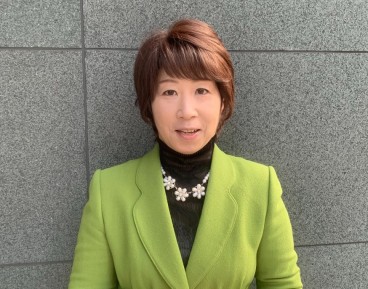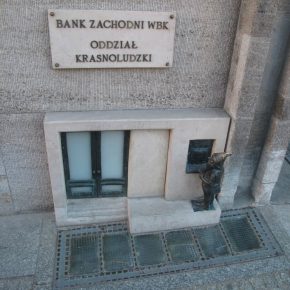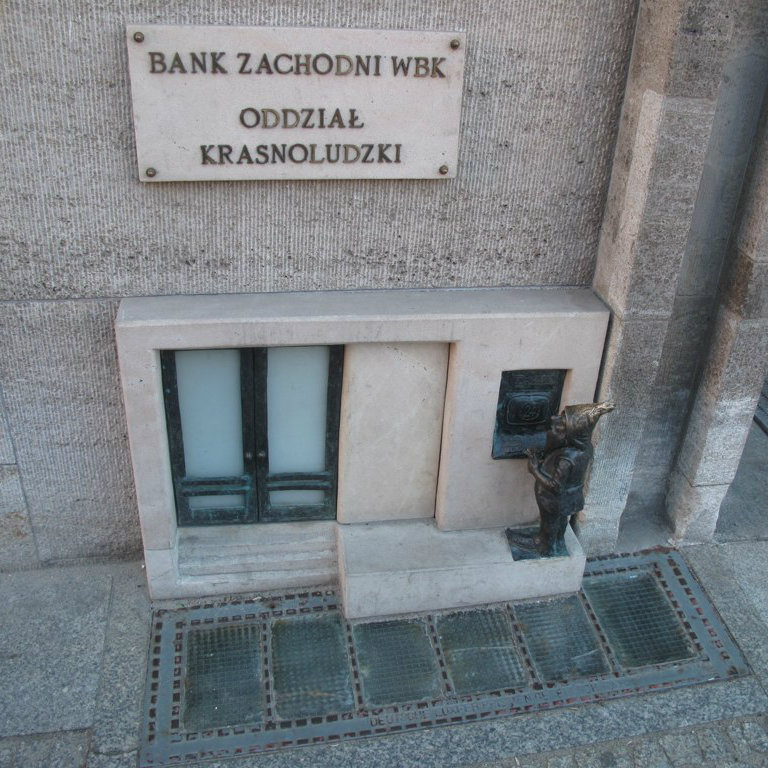Why Has Japan’s Cash Demand Remain Strong?
Category: Macroeconomics

Wrocław, Poland (sbamueller, CC BY-SA)
Yet 17 per cent of society still does not even have a bank account. Poland’s central bank (NBP) has been conducting a survey of Poles’ attitudes towards non-cash transactions since 2009. The survey includes a poll of public attitudes and confidence in modern forms of payment, payment cards, and the use of internet banking.
The measurement of Poles’ attitudes, conducted at the end of December 2016, indicates the rapidly growing use of non-cash payments. The percentage of those who do not have a bank account is slowly decreasing. Over the past 7 years it has fallen from 22 per cent in 2009 to 17 per cent in 2016. This group includes primarily older people.
However, during a seminar about the results of the survey organized at NBP, Dominika Maison, a professor at the University of Warsaw, noted that holding a bank account is only the first step towards the promotion of non-cash payments . The next step is the use of payment cards, and the third is the settlement of accounts with the use of internet banking.
“The third wave of the survey indicates a marked increase of public activity in non-cash transactions. Most Poles not only have bank accounts and payment cards, but they also consciously and increasingly use them. This especially applies to middle-aged people,” said Maison.
The changes are mainly illustrated by the frequency of use of payment cards. A recent survey shows that ATM cards are used by 93 per cent of Poles who have a bank account. Seven years ago, it was 80 per cent. The frequency of use of ATM cards increased from 36 per cent in 2006 to 61 per cent in 2016. The group of people declaring much more frequent use of the card has doubled, from 12 to 24 per cent over the past three years. At the same time, there is a decrease in the use of ATM cash. Poles are moving to higher forms of relations with banking.
One of the main reasons for the increasing use of non-cash transactions is the increasing popularity of proximity cards in Poland for so-called small purchases of up to PLN50. Already 66 per cent of holders whose cards have the proximity payment function use them at least from time to time. This form of card use is more preferred than the traditional method (putting the card in the terminal and entering the pin number). This solution is especially popular among younger people with higher education. However, the use of proximity cards is becoming increasingly popular among people aged 55 to 64, which may prove that those older, slightly digitally backward Poles are quickly catching up.
Yet, 17 per cent of Poles still do not have a bank account. This is similar to the situation in previous years. “Perhaps it is not possible to increase the saturation of the use of banking services in the oldest age group. There are many people who are attached to using cash and this will not change. We can even talk about a clear polarization of opinions. People who, on daily basis, use non-cash transactions have more and more positive opinions on the subject, and those who do not use them are increasingly negative, so probably no one and nothing will convince them to give up cash,” said Maison.
Answers to other questions from the survey indicate that the percentage of people consciously using modern banking services is increasing, as evidenced by two systematically tested indicators describing the non-cash behavior of Poles: the funnel index and IKOB (indicator of usage of cashless transactions) and cashless transactions confidence indicator (IZOB). The funnel and usage indicators are proof of the growth of cashless transactions in Poland.
The number of people who in fact have a bank account but are not active in cashless transactions is decreasing. In turn, the number of people most advanced in cashless transactions (declaring more frequent payments without cash participation) is definitely increasing. The percentage of such advanced banking users increased from 9 per cent in 2013 to 19 per cent in 2016. A similar increase was recorded in the second behavioral index – IKOB.
The IZOB, which describes the attitudes of the public towards the use of non-cash payments, is improving slowly. It rose from 59 points in 2013 to 63 points in 2016. The change of attitudes is, as it turns out, a longer process, although in this group there are more and more of those who have the highest level of confidence in non-cash payments.

